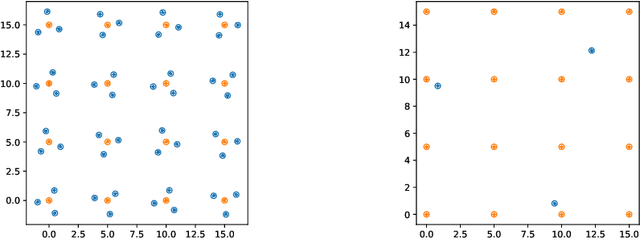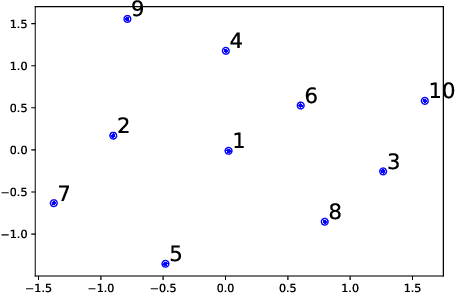Algorithms that get old : the case of generative algorithms
Paper and Code
Feb 07, 2022



Generative IA networks, like the Variational Auto-Encoders (VAE), and Generative Adversarial Networks (GANs) produce new objects each time when asked to do so. However, this behavior is unlike that of human artists that change their style as times go by and seldom return to the initial point. We investigate a situation where VAEs are requested to sample from a probability measure described by some empirical set. Based on recent works on Radon-Sobolev statistical distances, we propose a numerical paradigm, to be used in conjunction with a generative algorithm, that satisfies the two following requirements: the objects created do not repeat and evolve to fill the entire target probability measure.
 Add to Chrome
Add to Chrome Add to Firefox
Add to Firefox Add to Edge
Add to Edge